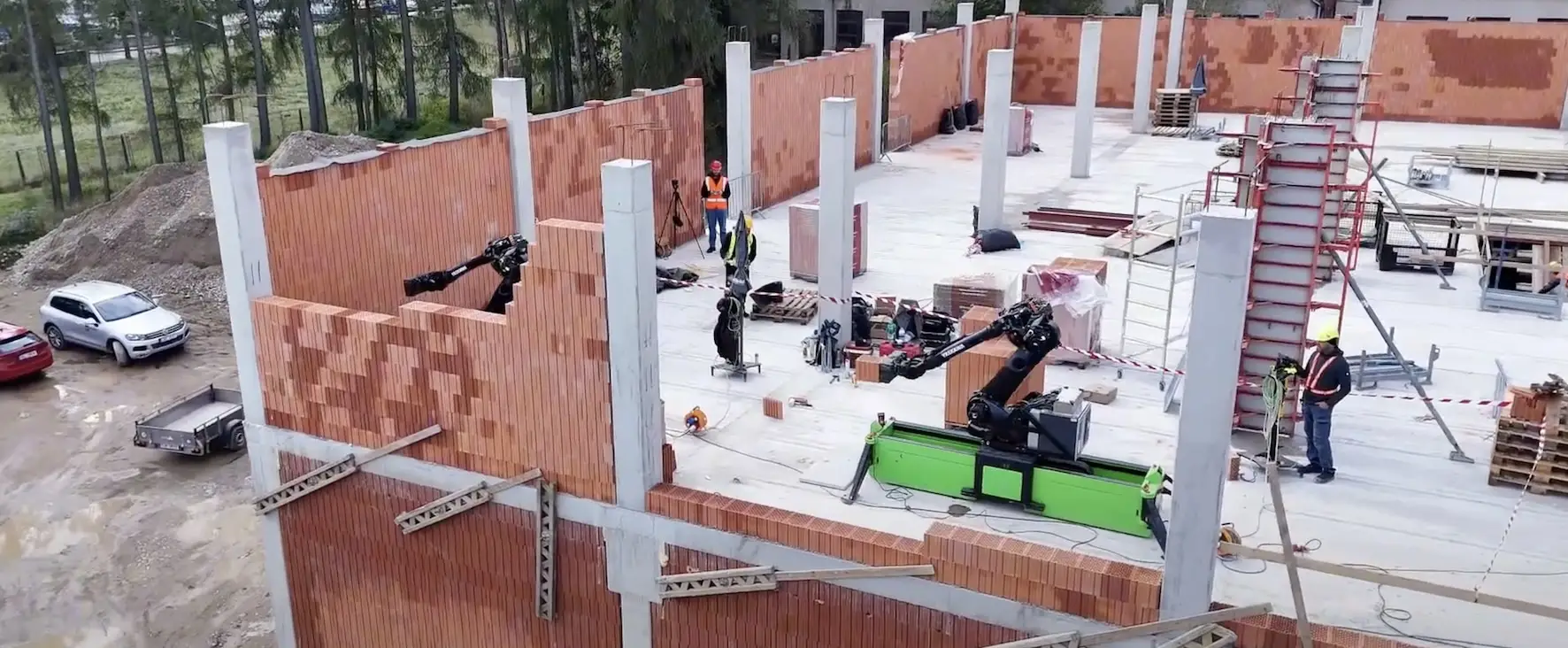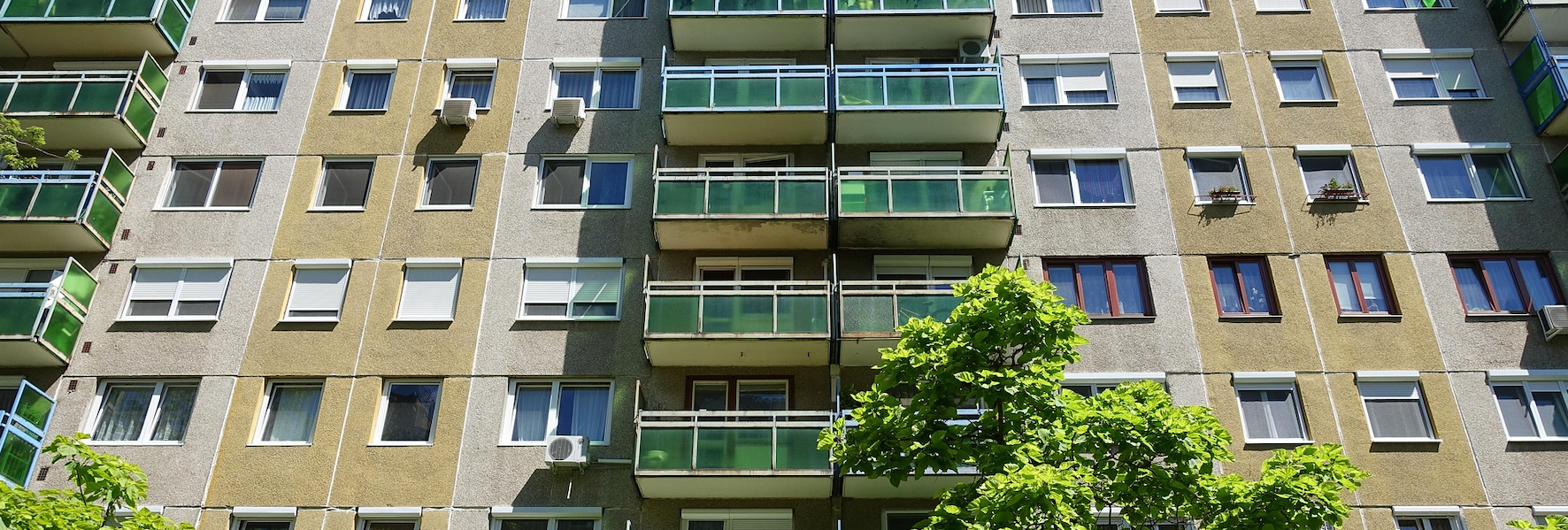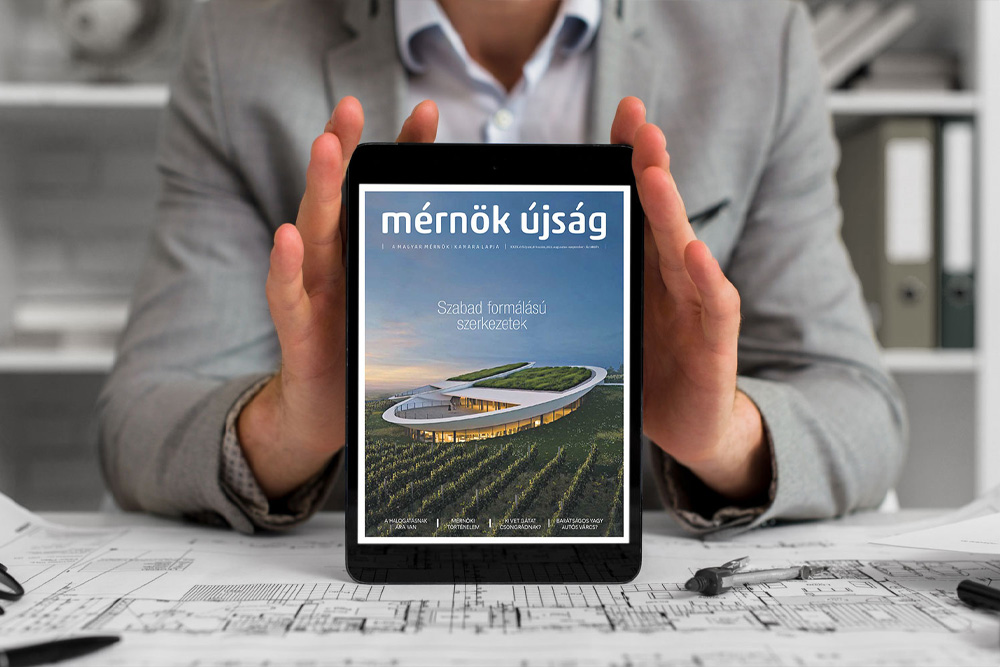
Erasmus+ Project REcube: REthink, REvive, REuse – Transmitting the knowledge for the green regeneration of the European Concrete Heritage” – 2nd Multiplier Event
Petőfi Színház, Veszprém, Hungary, September 12th, 2023 (Tuesday)
HISTORICAL CONCRETE STRUCTURES
How to preserve this cultural heritage?
Petőfi Theater, Veszprém – The world’s first concrete theater opened in 1908
PROGRAMME OF THE EVENT
Presentations will be given in English
09:00 – Registration
10:00 – György L. Balázs, Piroska Arany, Tamas, Lichter, László Polgár BME, ICM, ASA
Beauty of construction in concrete providing long-term performance
10:30 – Pál Oberfrank, Director Petőfi Theater, Veszprém
History and activities of Petőfi Theater, Veszprém
10:50 – Ferenc Potzner
Masterpieces of István Medgyaszay (presentation translated from Hungarian to English)
11:20 – Elisabetta Margiotta Nervi Pier Luigi Nervi Foundation
Need of interventions to save and refunctionalize reinforced concrete masterpieces
11:40 – Mario Alberto Chiorino Politecnico di Torino
Pier Luigi Nervi’s art and science of building: a modern vision and a heritage to be preserved
12:00 – Marco di Prisco Politecni co di Milano
REcube project: the shared foundation of our collaborative efforts
12:20 – Giulio Zani Politecni co di Milano
Ongoing activities within the Erasmus+ REcube Project
12:40 – Cristiana Chiorino Pier Luigi Nervi Foundation
Object of the 2nd year project: Exhibition Hall in Torino by Pier Luigi Nervi
13:00 – Discussion
13:10 – Lunch break
14:00 – Tour of the Petőfi Theater in Veszprém led by Pál Oberfrank, Director of the theater
15:00 – Robby Caspeele Ghent University
Safety for existing structures (online from South Africa)
15:20 – Alfred Strauss University of Natural Resources and
Life Sciences of Vienna
Existing structures in fib framework
15:40 – Francesco Romeo Sapienza Universit y of Rom e
Redeveloping heritage concrete architecture: a narrow path between safety and conservation
16:00 – Domenico Asprone University of Naples Federico I I
fib Special Activity Group on Sustainability: motivation and expected outcomes (online from Naples)
16:20 – Orsolya Gáspár – Péter Haba Stuckeman Sc hool, Penn sylvania
State University ; MOME
Inspiration and Influence – International Trends Shaping the Hungarian School of Shell Construction (Online form USA)
16:35 – Kálmán Koris BME
Assessment and strengthening of Grand Stand of Horse Race Course in Budapest – a national monument
16:50 – Zsuzsa Szalay BME
Environmental assessment of building materials and buildings
17:05 – Éva Lublóy BME
Possibilities in material testing for existing structures by Computed Tomography
17:20 – Zoltán Orbán PT E
Analysis of the structural reliability of an early reinforced concrete building by integrating numerical analysis and non-destructive diagnostic techniques
17:35 – Éva Lovra, Zoltán Bereczky DTE
Early use of the reinforced concrete in the architecture of the historicism in the Austro-Hungarian Empire
17:50 – Katalin Kopecskó, László Laczkó, Ferenc Spránitz, György L. Balázs BME, SZIKKTI, Dolomit
Selection of binders in concrete for long terem performance by tests of chloride migration and porosimetry
18:05 – Discussion
18:15 – Marco di Prisco, Elisabetta Margiotta Nervi, Giulio Zani, György L. Balazs
Closing
European Capitals of Culture 2023
Elefsina (Greece), Veszprém (Hungary), Timisoara (Romania)
A European Capital of Culture is a city designated by the European Union (EU) for a period of one calendar year during which it organizes a series of cultural events with strong pan-European dimension. Being a European Capital of Culture can be an opportunity for a city to generate considerable cultural, social and economic benefits and it can help foster urban regeneration, change the city’s image and raise its visibility and profile on an international scale.
















